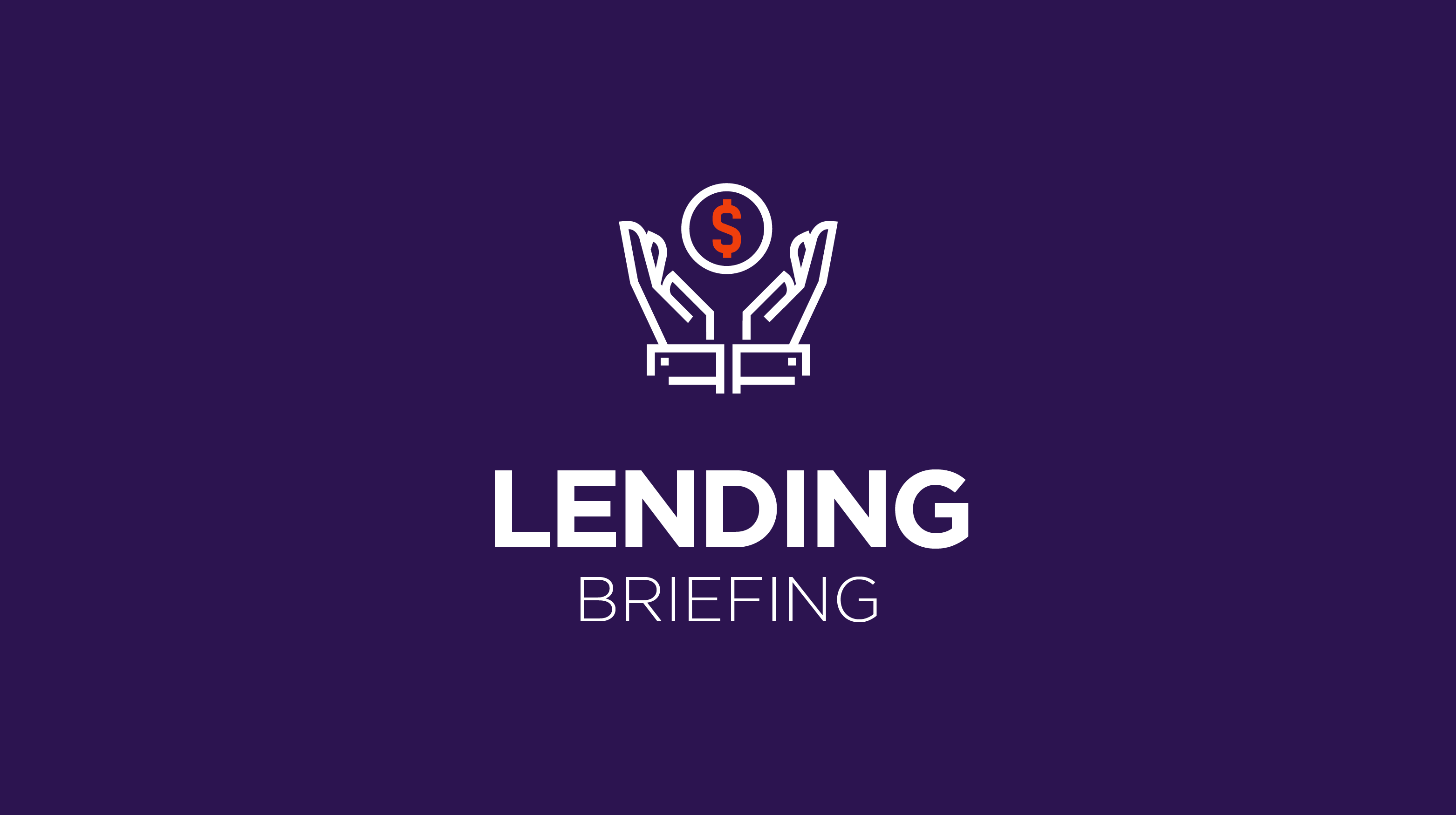Member Exclusive
Lending Briefing: Embedded lending in a platform economy and Square dominating SMB financing
- Embedded lending is the natural next step in a platform economy.
- Also, it looks like Square has become one of the largest SMB lenders in the US.








